: Home » Blog » Gemstones and Crystals » The Citrine Controversy: Natural, Heat-Treated Amethyst, or…?

As you may know, natural citrine is not always easy to find. Buyers are often warned that they are likely to find heat-treated amethyst or colored glass. What is the difference? Why does it matter? How can you verify that you are purchasing genuine citrine?
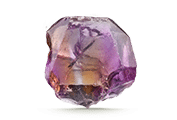
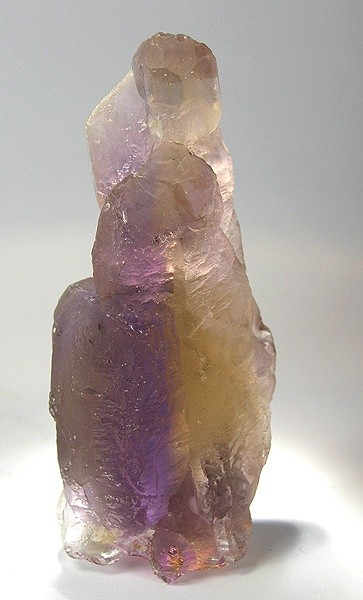
Citrine is a semi-precious stone that is in the quartz family (like amethyst). It is found in a variety of yellow to orange hues. During natural crystal formation, there are variabilities in the temperature which determine whether a crystal becomes one or the other. A good example of this natural temperature fluctuation is seen in ametrine specimens. Ametrine is a gemstone in which both are present.
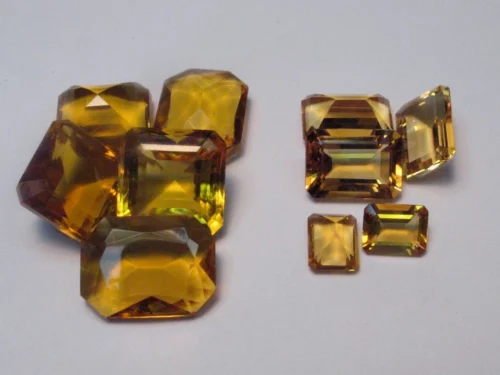
This manmade glass is often used in jewelry-making. The reason that this matters is the quality. No one wants to pay for genuine diamonds to get cubic zirconia, right? Although even natural citrine is not as costly as a diamond, the same idea applies here. The easiest way to tell if a stone is natural citrine or glass is to use a loupe. If there are round bubbles present, the piece is glass. Natural citrine may show inclusions, but it will not look like bubbles.

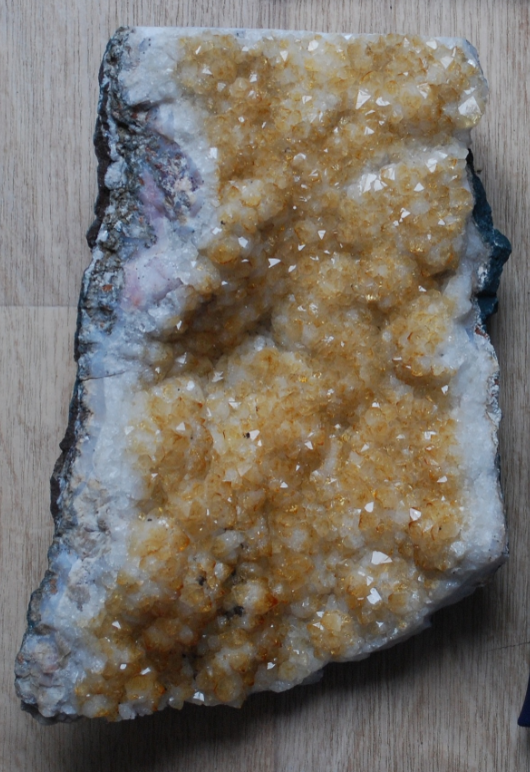
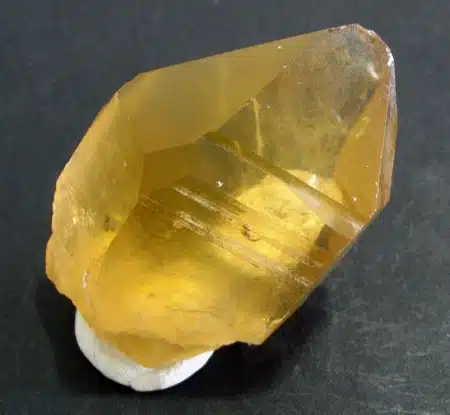

Heat-treated amethyst usually has a darker orange color and may even look burnt on the tips of clusters. Also, natural citrines very rarely form geodes. So, if you come across a convincing “citrine” geode, you can fairly confident that you have found a heat-treated amethyst. Typically, citrine forms in smaller points as single crystals or small clusters. Another giveaway that you have heat-treated amethyst is if there is a white base to the cluster or crystal.
In the gallery to the right:
(Top)
Left– Natural yellow-green with phantoms.
Center– Heat-treated amethyst.
Right– Natural from a mine in Brazil.
Bottom– Amethyst geode cut into halves, right side is heat-treated. Images from Mindat.org.
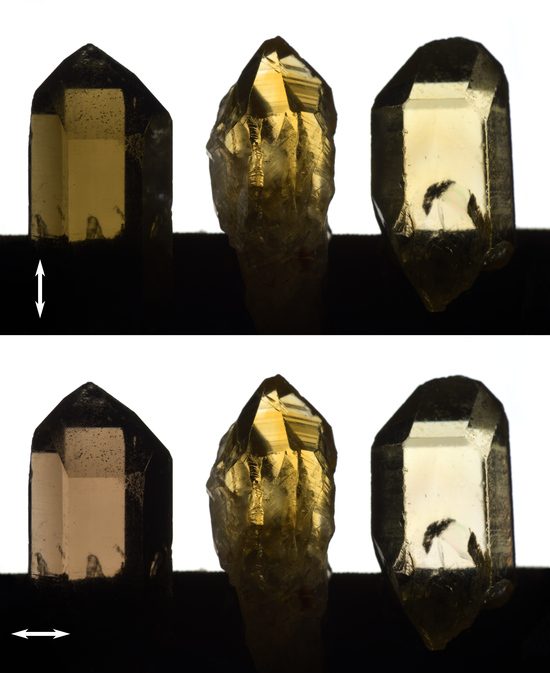
There are other forms of treated crystals out there such as irradiated amethyst and smoky quartz. Also, there are heat-treated citrines as well. Depending on the buyer and the purpose, some prefer the more orange color range, and since many natural citrines may be naturally more yellow-golden, the vendor may heat it further to enhance the appearance of the orange.
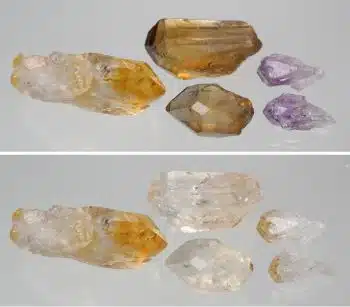
The most important factor when purchasing is your own taste. If you are buying a faceted stone, you will likely be interested in a genuine stone. If you are collecting a natural specimen, you may also prefer a naturally heated stone (e.g., heated during formation only). However, if you find a citrine you love and question whether it is genuine, you may choose to purchase it anyway. As with any purchase, the value of an item is ultimately based upon your own perception. Buy what you like!
Are our citrine pieces real? Sadly, vendors are under no obligation to disclose their origin or whether a specimen is heat-treated, etc. So, we must rely on our knowledge of citrine to find trusted pieces. With that being said, we do believe our specimens to be natural. Also, as we create relationships with various mines across the world, we seek to find and sell only pieces of verified origin.
We hope you found this article enjoyable and informative! Thanks for reading!
Notes from the Author: Sometimes lemon quartz, a form of baked and irradiated (not nuclear) quartz, is sold as citrine by vendors, too.